Your basket is currently empty!
Dye kitchen, dyer's garden,
plants, tutorials.
Browse the blog categories:
Newest posts
-
Short + sweet: Dyer's chamomile

Färber-Hundskamille, botanisch Anthemis tinctoria Die Färberkamille gehört zu den Korbblütlern (Asteraceae), ist bei uns heimisch, insektenfreundlich und gehört zu den festen Größen in meinem Färbergarten.
-
Dye plants in winter: Dyeing with spruce + how to identify conifers
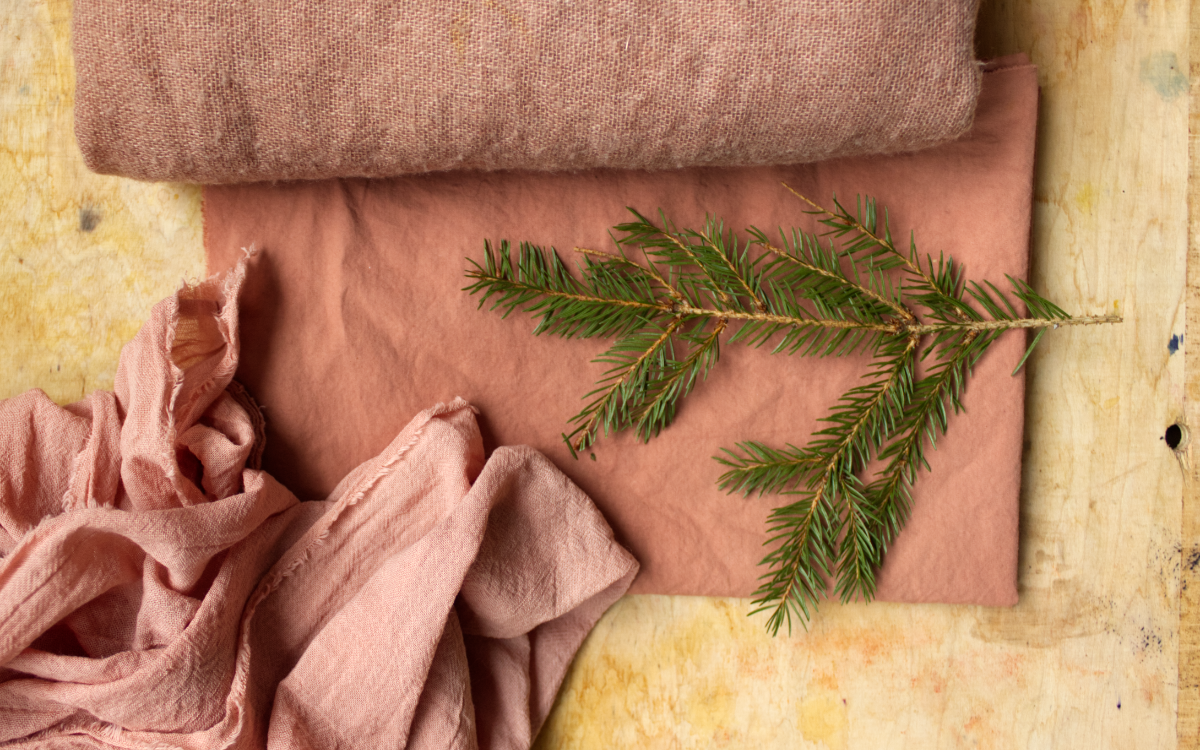
Whether it's an old Advent wreath or prunings from your garden, you can dye with the needles of native conifers! These evergreen plants are some of the few dye plants to be found in winter (and throughout the rest of the year). Here are my tips for dyeing with spruce.
-
Mini-DIY: Making with fabric scraps
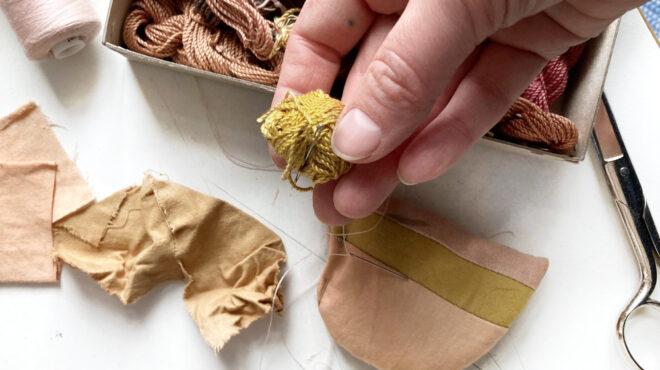
A few years ago I made my first pocket friend out of small fabric scraps! Never heard of a pocket friend? It's a tiny scented pillow you can keep in any pocket for a little comfort in stressful situations. Use my step by step to make one.
-
Four books on indigo
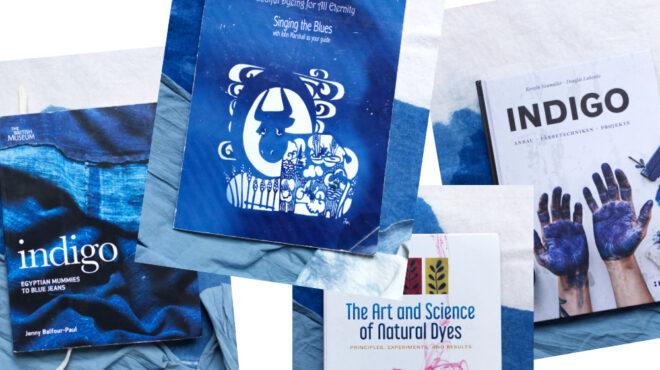
An anderer Stelle habe ich schon mal über einige meiner liebsten Färbebücher geschrieben. Passend zum Indigo Intro-Workshop ist es jetzt an der Zeit für Buchtipps speziell zum Thema. Also, meine Lieblingsbücher über Indigo!
-
Dyeing with invasive knotweed
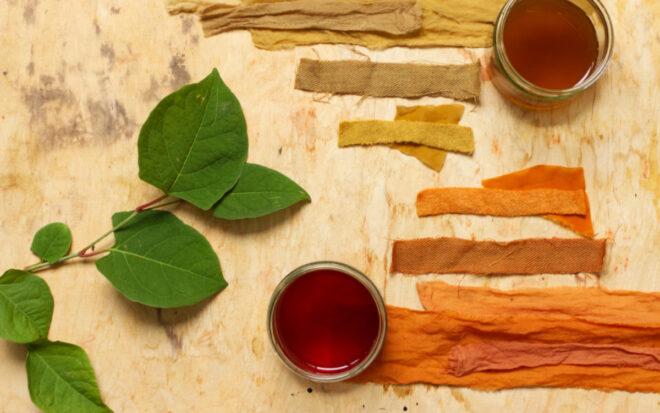
Japanese knotweed (Fallopia japonica) is a plant originally native to East Asia. Perhaps the name already makes you nervous? For many, the Japanese knotweed is probably THE species when they think of 'invasive neophytes' in the plant world. It was introduced in...
-
Dyeing with fruit pruning: apple, cherry and plum tree
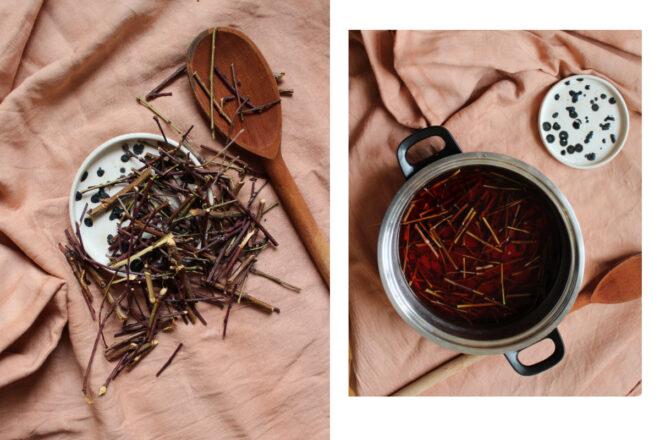
Did you know that you can dye with fruit cuttings? In other words, with branches that are trimmed from many fruit trees every year - usually in winter, when there are hardly any other dye plants outside. Some trees are even pruned again after the harvest....
Archive
- April 2024 (1)
- March 2024 (1)
- November 2023 (1)
- October 2023 (1)
- August 2023 (1)
- June 2023 (2)
- March 2023 (2)
- September 2022 (1)
- February 2022 (2)
- December 2021 (1)
- November 2021 (1)
- July 2021 (1)
- April 2021 (1)
- March 2021 (1)
- December 2020 (1)
- November 2020 (1)
- September 2020 (2)
- July 2020 (2)
Tags
Mordants (1) Organic gardening (5) Dyeing blue (3) Books (2) DIY (1) Equipment (1) Plant dyes (11) Dyeing with kids (2) Dye garden (9) Dye plants (15) Dyeing yellow (3) Indigo (4) Grow indigo (2) kurz und bündig (4) Dyeing with plants (13) Sewing (1) Plant dyeing 101 (4) Fabrics (1) Tutorial (4)





